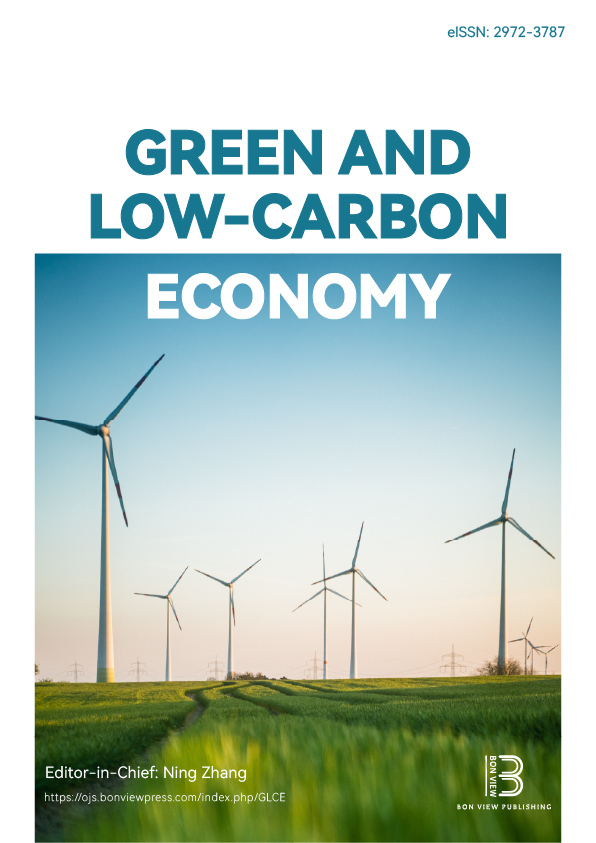Green Infrastructure for Sustainable Urban Development: A Case Study from Tehran
DOI:
https://doi.org/10.47852/bonviewGLCE52025029Keywords:
green infrastructure, GI, urban sustainability, urban heat island, biodiversity, environmental quality, urban planningAbstract
The integration of green infrastructure (GI) in urban areas is vital for achieving sustainable development, and this article researches this interaction in Tehran, which accommodates more than 9 million inhabitants. In facing the critical challenge of balancing rapid urbanization with environmental sustainability, GI can play a key role, requiring a holistic approach encompassing diverse elements and location-specific strategies. The research adopts a case study approach to map and analyze the location of GI in District 2 of Tehran, which spans an area just west of the city center, stretching up to the northern border of the Tehran municipality. A novel Geographic Information Systems-based methodology is deployed to identify and assess eight distinct GI types, including parks, green roofs, and river corridors. The article concludes that this categorization of GI types can provide a methodology for the comprehensive analysis of GI distribution, which underscores the importance of location-specific GI strategies for mitigating air pollution and fostering urban sustainability. The study provides a valuable case example that can be used in cities with similar urban environments. By identifying spatial disparities in GI performance, context-specific solutions can be developed that can be integrated into the urban planning and development processes to create a network of green spaces that improve air quality, reduce the urban heat island effect, and promote biodiversity. GI can provide a framework for integrating green spaces, urban forests, green roofs, and other nature-based solutions into the urban fabric, thereby enhancing the overall sustainability and resilience of the urban environment.
Received: 17 December 2024 | Revised: 17 March 2025 | Accepted: 25 May 2025
Conflicts of Interest
The authors declare that they have no conflicts of interest to this work.
Data Availability Statement
The GIS data analysis that supports some of the findings of this study are held in a university environment. Further enquiries can be made via the corresponding author.
Author Contribution Statement
Seyedeh Zahra Hosseini: Conceptualization, Methodology, Validation, Investigation, Resources, Data curation, Writing - original draft, Writing - review & editing, Supervision, Project administration. Rojin Raofi: Conceptualization, Methodology, Software, Validation, Formal analysis, Investigation, Resources, Data curation, Writing - original draft, Writing - review & editing, Visualization. Shayesteh Hamidkhaniha: Conceptualization, Validation, Formal analysis, Investigation, Resources, Data curation, Writing - original draft, Writing - review & editing. Farhad Daneshgar: Conceptualization, Software, Investigation, Resources, Writing - original draft, Visualization. Martin Wynn: Conceptualization, Methodology, Validation, Investigation, Writing - original draft, Writing - review & editing, Visualization, Supervision.
Downloads
Published
Issue
Section
License
Copyright (c) 2025 Authors

This work is licensed under a Creative Commons Attribution 4.0 International License.


